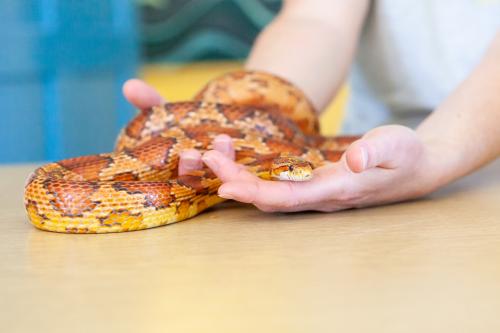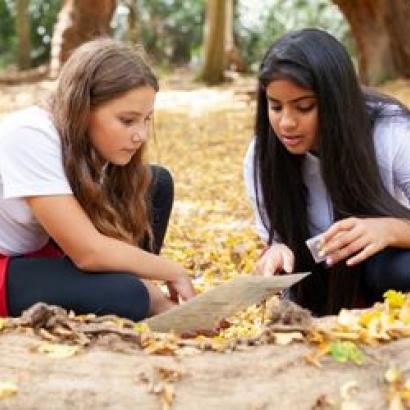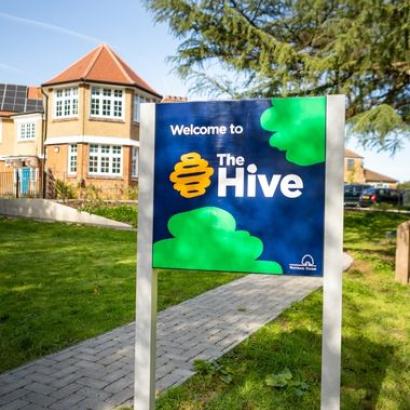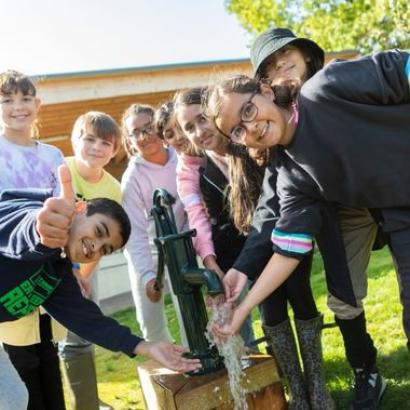

Animals with or without bones
Animals with or without bones
In the classroom, children will investigate vertebrates and invertebrates. Using our bone collection, they will decide what animal the skeleton is from. They will then discover where they are found in the body and their function. Invertebrates will be investigated, looking at exoskeletons and discussing their function (e.g., protection).
Children will be offered the opportunity to handle our animals and look at how they move, e.g., corn snake, giant African snail, salamander and hissing cockroach, developing a care of and respect for living things.
Learning Objectives
to identify that vertebrates have skeletons and muscles for support, protection, and movement
to identify that invertebrates have exoskeletons for support, protection, and movement
to treat animals and the environment with care and sensitivity
National curriculum links
Y3 Science
Animals including humans
identify that humans and some other animals have skeletons and muscles for support, protection, and movement



